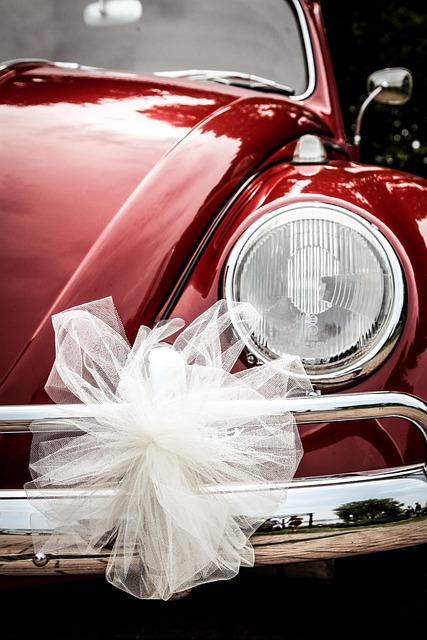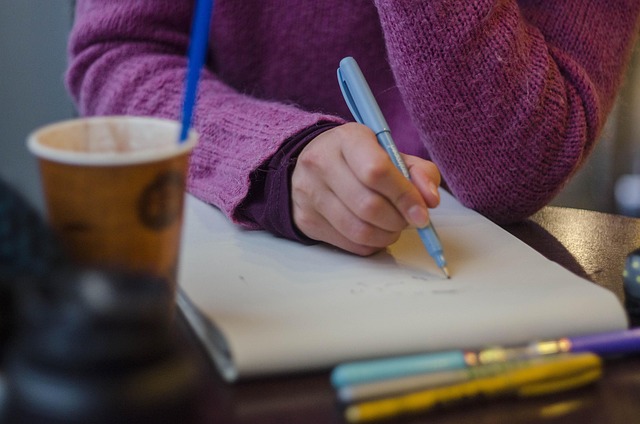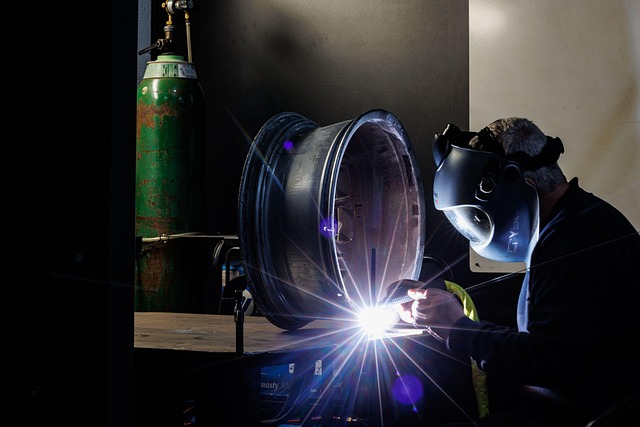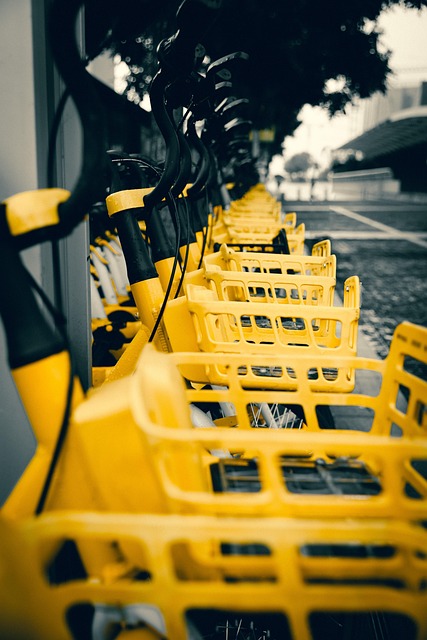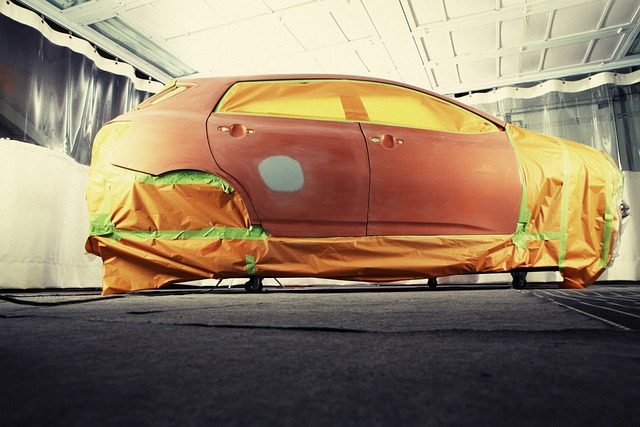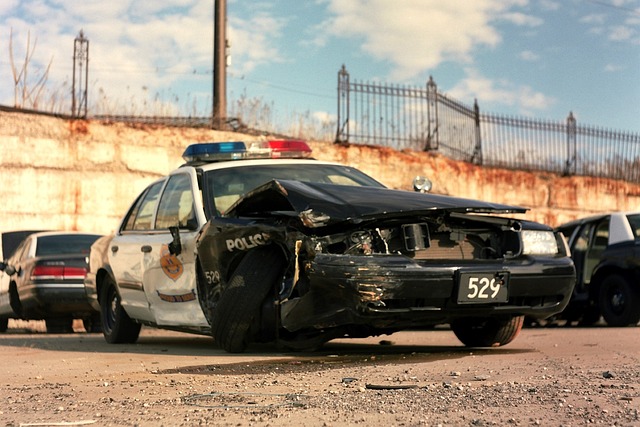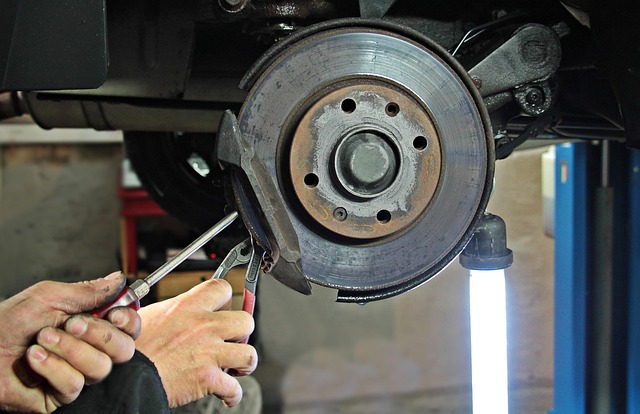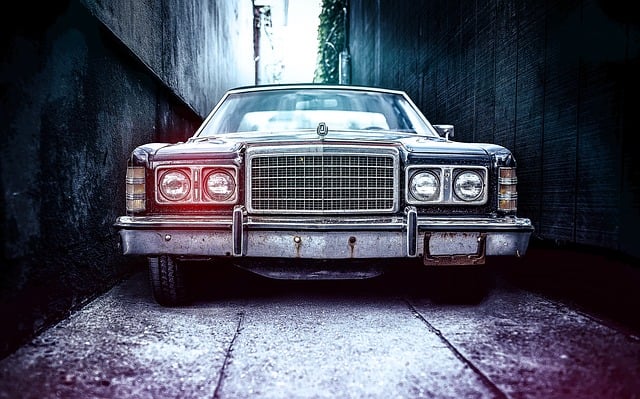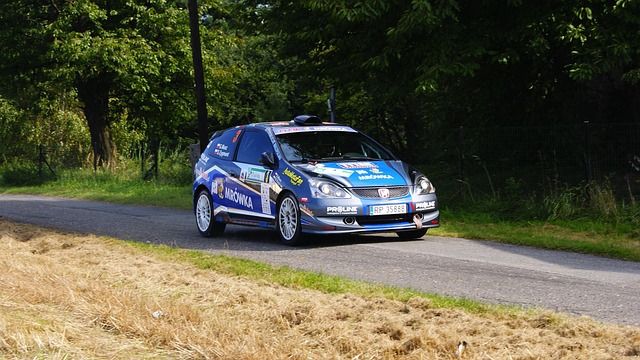Mastering base coat and clear coat applications is crucial for achieving flawless vehicle body repairs, especially in base coat clear coat scenarios. Base coat acts as a protective foundation, while clear coat adds a glossy layer for enhanced color protection. Damage at the base coat level must be addressed before applying clear coat. Ideal application timing is post-inspection, with meticulous preparation including filling, sanding, priming, and strategic bonding for long-lasting protection and aesthetic appeal. Proper execution significantly enhances car aesthetics and value through effective base coat clear coat repair.
In the realm of automotive care, understanding the significance of base coat and clear coat is paramount. These protective layers safeguard your vehicle’s paint job, warding off damage from elements and mishaps. The article delves into the strategic application of base coat clear coat repair, elucidating when it’s most effective. We’ll guide you through the process, highlighting best practices to ensure optimal results for a like-new finish. Mastering base coat clear coat repair is a game-changer for maintaining your vehicle’s gleam.
- Understanding the Purpose of Base Coat and Clear Coat
- When to Apply Base Coat Clear Coat Repair
- Best Practices for Successful Base Coat Clear Coat Repair
Understanding the Purpose of Base Coat and Clear Coat

In the world of automotive aesthetics, understanding the significance of base coat and clear coat is key to achieving flawless vehicle body repair, specifically in instances requiring base coat clear coat repair. The base coat serves as a critical foundation during car scratch repair or car restoration processes. It provides an even, protective layer beneath the clear coat, ensuring the underlying paint remains intact. This protective barrier is essential for preventing further damage and maintaining the vehicle’s overall appearance.
Furthermore, the clear coat plays a pivotal role in finishing the restoration process. Not only does it add a glossy, protective layer to the base coat, but it also enhances the car’s color, making it look as good as new. When considering base coat clear coat repair, it’s crucial to address any damages or imperfections at the base coat level before applying the clear coat to achieve optimal results in vehicle body repair.
When to Apply Base Coat Clear Coat Repair

When considering base coat clear coat repair, it’s crucial to understand the appropriate timing for its application. This process is best undertaken after an auto bodywork or car collision repair, when the vehicle’s surface has been thoroughly inspected and any significant damage addressed. The primary goal at this stage is to restore the integrity of the paintwork, ensuring a smooth and even finish.
In the context of auto body restoration, base coat clear coat repair plays a pivotal role in achieving a high-quality, professional look. It’s essential to apply this repair when the paint is dry and stable, typically after any necessary filling, sanding, or priming. This ensures that the base coat and clear coat bond effectively, creating a durable, protective layer over the auto body restoration work, enhancing its longevity and aesthetic appeal.
Best Practices for Successful Base Coat Clear Coat Repair

When undertaking base coat clear coat repair on vehicle bodywork, following best practices ensures optimal results in car restoration efforts. Begin by thoroughly inspecting the damaged area to determine the extent of the repairs needed. This step is crucial as it guides your approach and choice of materials. Next, prepare the surface meticulously; clean it free from dirt, grease, or loose debris to create a smooth canvas for the repair process. A collision repair shop’s success hinges on these foundational steps.
For precise results, match the base coat as closely as possible to the car’s original color. Use high-quality paints and clear coats designed specifically for vehicle bodywork to maintain the integrity of the repair. During application, ensure even coating without runs or bubbles. Allow adequate drying time between coats and follow recommended curing instructions from the manufacturer. Properly prepared and executed base coat clear coat repair can significantly enhance the aesthetics and value of a car restoration project.
Base coat clear coat repair is a specialized technique that can greatly enhance the appearance and durability of painted surfaces. Understanding when to apply this method, such as after minor scratches or chips, ensures optimal results. By following best practices, including preparing the surface, using the right products, and applying even coats, you can achieve a seamless finish that restores the vehicle’s or object’s original beauty. Remember, proper timing and meticulous attention to detail are key to successful base coat clear coat repair.


